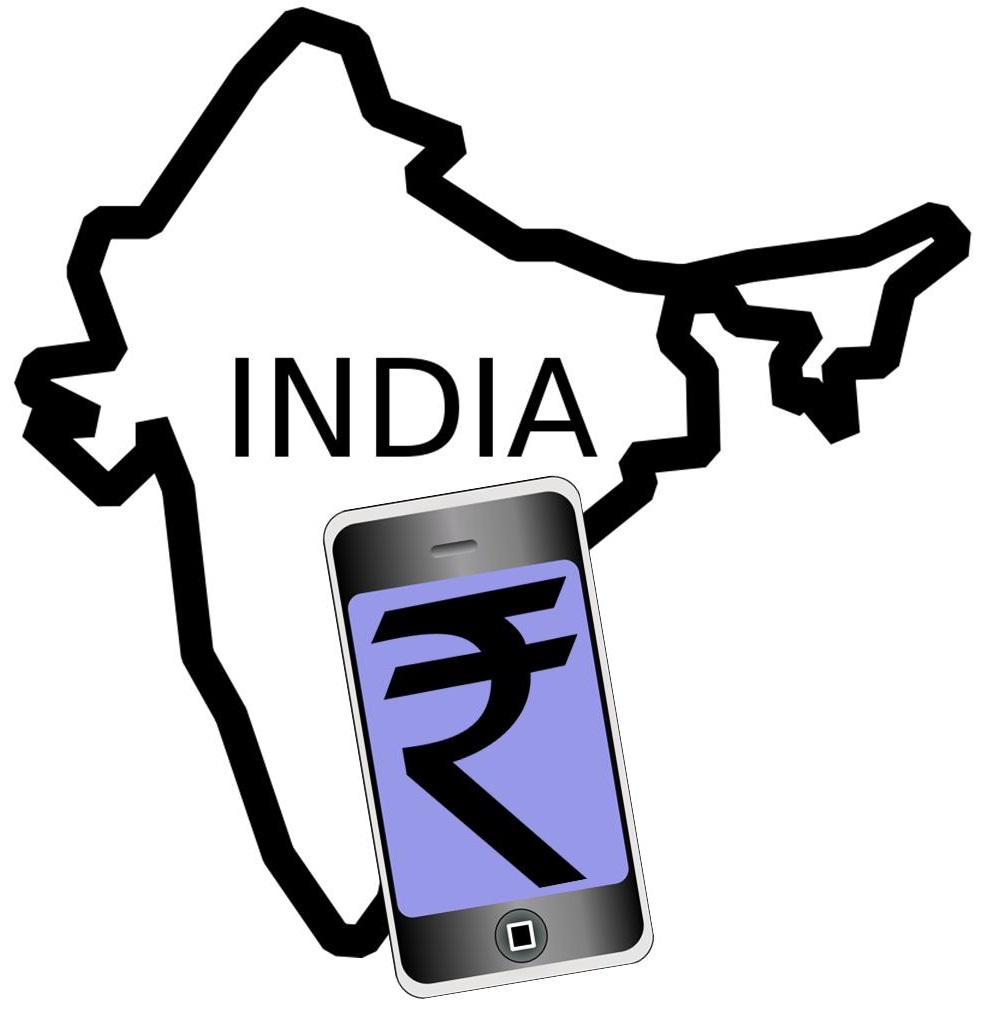This new partnership has just been signed between the two companies to allow for broad scale M-Pesa signups.
Vodafone has now entered into a deal with Moneygram, a specialist in currency transfers, which will make it possible for users to exchange mobile payments from among 200 different countries to other users who are signed up for the M-Pesa service.
The rollout is now being scheduled to occur in phases, starting in the spring of 2014.
Once active, it will allow consumers to use mobile payments to add money directly into accounts with M-Pesa or to send money directly through transfers from one account to the other. This will be possible through the mobile apps or through the official Moneygram website. This will help to provide a service that the companies feel is greatly needed at the moment.
There is a demand that is currently unfilled for sending mobile payments to family and friends worldwide.
According to the director of M-Pesa at Vodafone, Michael Joseph, “There is huge demand for sending funds back to family and friends in your home market and an estimated $90bn2 per year is transferred to M-Pesa markets from around the globe.” He went on to say that this newly formed partnership that his company has established with Moneygram will now allow them to offer the broadest network, worldwide, as well as the most access points for consumers who are hoping to be able to send money to users of the M-Pesa service.
M-Pesa is already available in a number of countries, particularly in the Middle East, South Asia, and Africa. These nations include India, Egypt, Tanzania, Kenya, Lesotho, the Democratic Republic of Congo, Mozambique, South Africa, and Fiji.
The purpose of this mobile payments service is to make it possible for “unbanked” individuals, that is, people who don’t have access to the traditional type of bank account, to be able to send money to one another through the use of their cell phones. This has made it especially popular throughout those regions of the globe and it is continuing to experience considerable use as well as growth, there.
Denny |
December 11, 2013
The country has a very large domestic migrant worker population that are generally unbanked.
According to the latest analyses regarding the India mobile payments industry, the technology is experiencing a massive growth among some of the poorest people in the country, including the considerable domestic migrant worker group that are unbanked but that still need to be able to send the money that they earn back to their families in their villages.
It is estimated that, in total, this group sends about $12 billion in funds from their city jobs back to their villages.
Many of these workers travel thousands of miles away from their home villages in search of places where they will be given employment so that they can earn enough to send some back to their families. Using traditional means, this requires them to go to the bank, complete a form, and wait in line. This is a process that can take an hour or more. As bank hours are the same as most work hours, it causes them to lose an hour of pay or more. However, with the new India mobile payments opportunities, they can skip that step.
A growing number of poor citizens of the country are investigating the India mobile payments options.
 Among the most popular services in the country is a startup called MoneyOnMobile that allow funds to be sent from the worker’s cell phone to the one owned by his family back in his home village. The idea itself started in Kenya, six years ago, as M-Pesa – for a similar reason – and is now starting to take off in the form of new services in India and other nations. It is allowing poorer people in Kenya and other countries to be able to send money, pay medical bills, purchase groceries, fund school tuition, or buy food at a restaurant, for example, wirelessly with their cell phones.
Among the most popular services in the country is a startup called MoneyOnMobile that allow funds to be sent from the worker’s cell phone to the one owned by his family back in his home village. The idea itself started in Kenya, six years ago, as M-Pesa – for a similar reason – and is now starting to take off in the form of new services in India and other nations. It is allowing poorer people in Kenya and other countries to be able to send money, pay medical bills, purchase groceries, fund school tuition, or buy food at a restaurant, for example, wirelessly with their cell phones.
The M-Pesa service is currently processing around $21 billion in wireless funds every year. Now it has inspired nearly 200 comparable efforts in other nations, like this recent India mobile payments startup – particularly in areas such as Africa and South Asia, where the populations of people under the poverty line are quite large.


 Among the most popular services in the country is a startup called MoneyOnMobile that allow funds to be sent from the worker’s cell phone to the one owned by his family back in his home village. The idea itself started in Kenya, six years ago, as M-Pesa – for a similar reason – and is now starting to take off in the form of new services in India and other nations. It is allowing poorer people in Kenya and other countries to be able to send money, pay medical bills, purchase groceries, fund school tuition, or buy food at a restaurant, for example, wirelessly with their cell phones.
Among the most popular services in the country is a startup called MoneyOnMobile that allow funds to be sent from the worker’s cell phone to the one owned by his family back in his home village. The idea itself started in Kenya, six years ago, as M-Pesa – for a similar reason – and is now starting to take off in the form of new services in India and other nations. It is allowing poorer people in Kenya and other countries to be able to send money, pay medical bills, purchase groceries, fund school tuition, or buy food at a restaurant, for example, wirelessly with their cell phones.